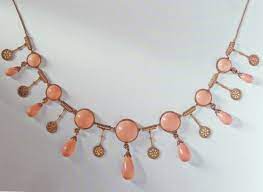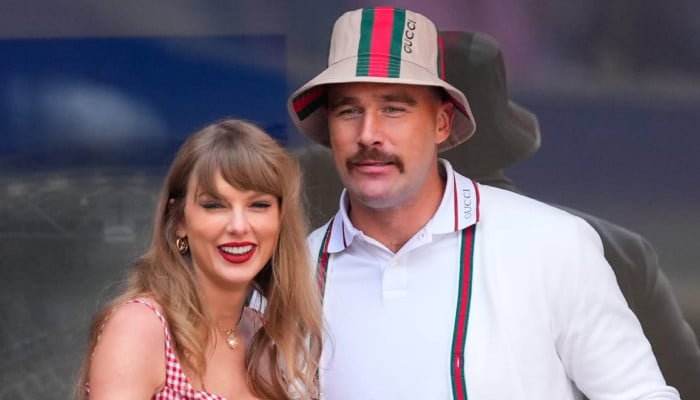In Venice, Jewelers Try to Revive Their Business
In its 1,200-year reign as Queen of the Adriatic, Venice has faced war, plague, and conquest, but in the last two years. Many of the city’s jewelers are battling to stay in business.
On November 12, 2019, more than 85 percent of the city’s 120 islands were swamped with up to six feet of water as a result of high tides and a storm surge caused by severe winds.
Leslie Ann Genninger, a glass jewelry artist with a Dorsoduro studio, reported her display tables were soaked. “The glass was cracked, so I had to redo around 80 or 90 percent of the pieces,” she explained, adding that the process took eight months. The water in St. Mark’s Square was knee-deep, forcing the Nardi jewelry shop to close for two months.
The city’s first coronavirus lockdown was issued on March 9, 2020. With almost 439,800 cases confirmed as of early this month, the Veneto region, of which Venice is the capital, has been Italy’s second hardest struck region in the epidemic (behind Lombardy).
The two calamities reduced Venice from a popular tourist destination to a city of around 258,000 citizens who were essentially alone. Ms. Genninger described the city as “beautiful, vacant, and surrealistic.”
Alberto Nardi, 54, whose storefront spans five arches of the gallery edging St. Mark’s Square, did not disclose his earnings but stated that the business lost 30% of its sales year over year. To save money, he limited the store’s opening days and hours and instituted customer appointments.
“We have to show our clients that we are different, and that is the only way we can survive” against the big-budget megabrands, said Mr. Nardi, who aims to launch two collections during the Venice Film Festival in September.
And, in the case of the nearly 100-year-old Nardi brand, consider the problems of lesser-known enterprises. “Jewelers in Venice aren’t that big in the market anymore,” Leo Criaco, a jewelry specialist at Christie’s in Geneva, stated in an email. He identified Nardi as an exception, which is well-known for its Moretti sculptures. (Also known as Blackamoor, the designs include a man’s head in ebony, onyx, or painted black and have recently received some criticism.) He also mentioned Attilio Codognato, a Venetian artisan.
He said, however, that “in such a limited concentrated area, it would be impossible to generate more than two or three global brands out of that area.”
“There’s no really mass-defining style that has evolved from Venetian jewelers that people find associated with the name,” Mr. Burstein explained, “the way there is when you think of the Alhambra that everybody in the world knows what that is, so they learn the house of Van Cleef & Arpels.” There hasn’t been a design that has attracted a large enough audience to put Venetian jewelers to the forefront.”
While Venice shares Italy’s great legacy of goldwork, what distinguishes it is its use of glass, which is unique to Venice, according to Camilla Grimaldi, owner and director of a Tuscany wine farm and chief art officer at the online gallery Kovet.
Grace Jones and Elton John are among the clients of Ms. Genninger, 62. She consults with her bead master, a specialist who works from an atelier on the Lido, before deciding on the design, colors, shapes, and processing procedures for her glass art pieces. Ms. Genninger creates her masterpieces by stringing the beads on braided stainless-steel wire or wrapped multistrand wires.
Ms. Genninger began her career in investment banking, but switched to glass jewelry in 1988, teaching herself along the way, and eventually launching her own brand in 1997 with money she earned by organizing the production of chandeliers, mirrors, and similar pieces for the Bellagio Hotel in Las Vegas. Genninger Studio now relies on sales revenue, but it remains a modest operation: it employs only her and one-weekend employee, who was furloughed from March 2020 to June 2020. Her rates range between €25 and €2,000.








